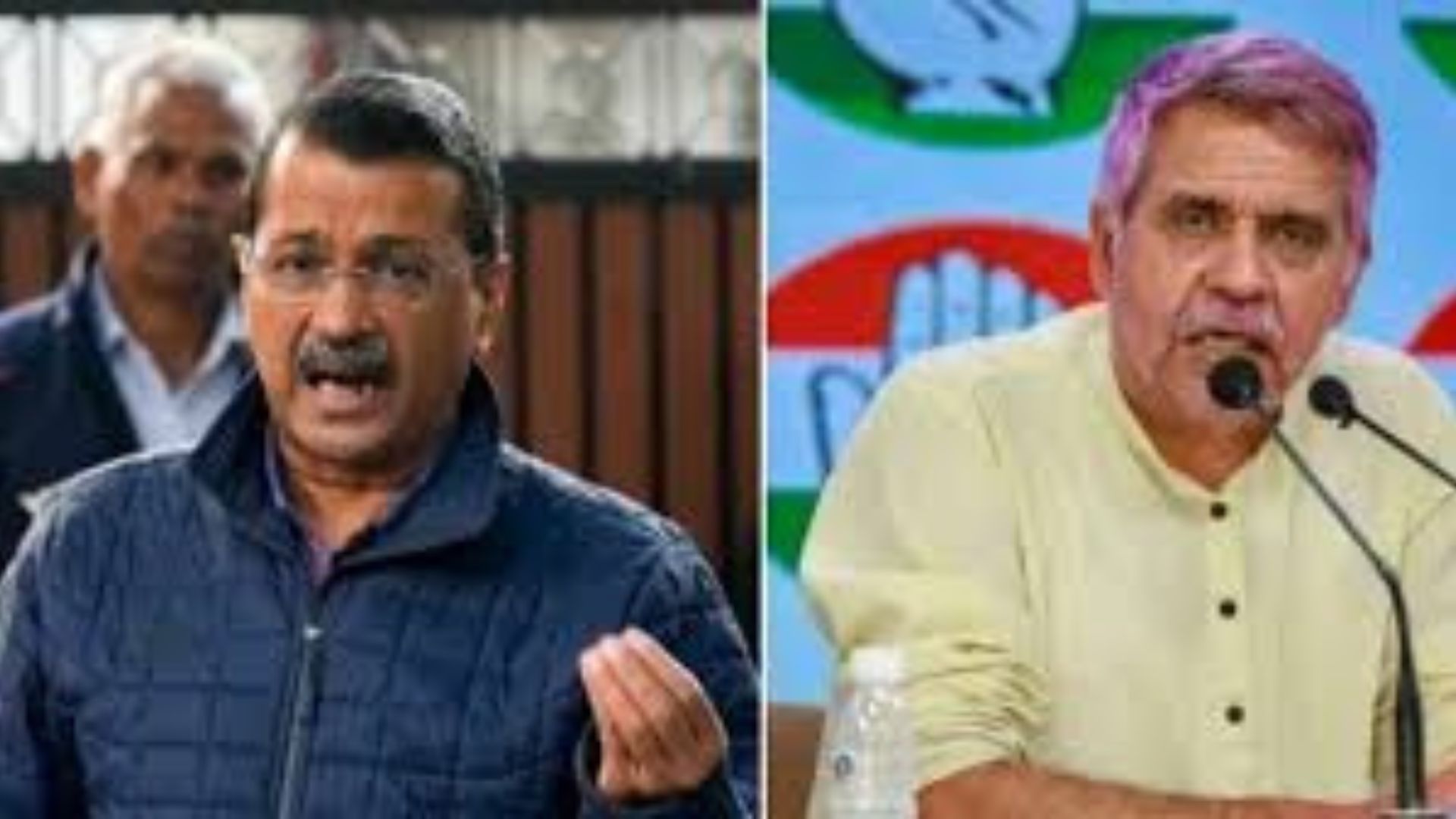In a calculated move aimed at maintaining caste and regional equilibrium, the Bharatiya Janata Party unveiled its new cabinet under Haryana Chief Minister Nayab Singh Saini, who was sworn in for a second consecutive term to lead the third BJP-led government in the state in a row.
The newly appointed cabinet is a mosaic of leaders from key communities, demonstrating the BJP’s strategic balancing act between caste and region. Along with Nayab Saini, the ministers sworn in include Anil Vij, Krishna Lal Panwar, Rao Narbir Singh, Mahipal Dhanda, Vipul Goel, Dr. Arvind Kumar Sharma, Shyam Singh Rana, Ranbir Gangwa, Krishna Kumar Bedi, Shruti Choudhary, and Aarti Singh Rao. Additionally, Rajesh Nagar and Gaurav Gautam took oath as Ministers of State (Independent Charge).
Held with much fanfare, the swearing-in ceremony saw the attendance of prominent BJP leaders, including Prime Minister Narendra Modi, Union Ministers Amit Shah and Rajnath Singh, BJP president JP Nadda, and former Haryana Chief Minister Manohar Lal.
The BJP, which secured an unprecedented third consecutive win in the recent Assembly elections, has meticulously crafted its cabinet with a balanced mix of caste groups. This strategy not only reflects the party’s outreach to various communities but also highlights its electoral arithmetic in a state that has historically been dominated by Jats.
The newly-formed Haryana cabinet, comprising 13 BJP MLAs, presents a carefully calibrated caste mosaic. It includes five OBC leaders—Chief Minister Nayab Saini, Ranbir Gangwa, Aarti Rao, Rao Narbir, and Rajesh Nagar—underscoring the party’s commitment to consolidating OBC support. The Brahmin community is represented by two leaders: Arvind Sharma and Gaurav Gautam. Similarly, two Jat leaders, Shruti Choudhary and Mahipal Dhanda, have secured their positions, signaling the BJP’s outreach to this traditionally Congress-leaning group. Dalit representation comes from veteran leaders Krishan Bedi and Krishan Lal Panwar. The cabinet further reflects diversity with Sham Singh Rana from the Rajput community, Anil Vij as the lone Punjabi representative, and Vipul Goel from the Bania community, ensuring a broad-based alliance across caste lines.
With more focus on OBCs, Dalits and Brahmins, this caste balance is seen as a key factor in ensuring broad-based support across the state, particularly after the BJP managed to pull off a victory despite the Congress gaining significant traction in Jat-dominated areas.
Nayab Saini, a leader from the OBC community, has secured his place in Haryana’s political history by becoming the second OBC Chief Minister in the state, following in the footsteps of Rao Birender Singh, who held the position in 1967. The BJP’s decision to appoint four additional OBC ministers underscores the party’s focus on consolidating its OBC vote bank.
The Jat community, which constitutes around 20–25% of Haryana’s population, has traditionally aligned with the Congress. However, the BJP’s decision to include two key Jat leaders—Shruti Chaudhary, daughter of Rajya Sabha MP Kiran Chaudhary, and two-time MLA Mahipal Dhanda from Panipat (Rural)—is seen as a strategic effort to bridge the gap and gain inroads into the community. Despite a significant portion of Jat votes swinging towards Congress in the elections, the BJP managed to split the vote and secure 28% of it, which proved crucial in their victory. From the Brahmin community, the BJP inducted Palwal MLA Gaurav Gautam and two-time Lok Sabha MP Arvind Sharma into the Cabinet. This move is significant, as the Brahmins, being a politically influential group, had been expecting greater representation in the power corridors. By appointing two Brahmins, the BJP has managed to maintain the delicate balance of power among upper-caste communities.
Further two Dalits, who make up a sizeable portion of Haryana’s population, have not been left behind in the new cabinet composition. Six-time MLA Krishna Lal Panwar and two-time MLA Krishna Bedi were sworn in, ensuring the BJP’s commitment to inclusivity while keeping the Dalit vote base intact. However, facing setbacks across several districts, including its traditional bastion along the GT Road belt, the BJP has notably reduced the representation of the Punjabi and Baniya communities in the new cabinet. Veteran leader Anil Vij, who was surprisingly left out of Nayab Saini’s first cabinet, has secured a spot this time, emerging as the sole Punjabi voice in the council. His inclusion reflects the BJP’s strategic intent to maintain support within the influential Punjabi community, which wields significant political clout in the urban pockets of Haryana. Similarly, Vipul Goel is the only leader from the Baniya community to secure a cabinet berth, signaling the party’s attempt to retain its foothold among this crucial business-oriented voter base.
The inclusion of diverse caste groups in the Nayab Saini Cabinet sends a clear political message: the BJP is positioning itself as a party that represents all communities, irrespective of the historical divides that have shaped Haryana’s political landscape. This inclusive approach is being viewed as a masterstroke, especially given the caste sensitivities that play a central role in Haryana’s electoral dynamics.
With a clear focus on regional representation, the BJP has ensured that leaders from various parts of the state are included, striking a geographic balance alongside the caste calculus. Particular emphasis has been placed on the BJP’s strongholds along the GT Road belt and the Ahirwal region. Four key leaders—Nayab Saini, Anil Vij, Krishan Panwar, and Mahipal Dhanda—hail from the GT Road region, reinforcing the party’s dominance there. Meanwhile, Aarti Rao and Rao Narbir Singh represent the politically significant Ahirwal belt.
Additionally, Vipul Goel and Rajesh Nagar bring representation from the Faridabad district, with Rao Narbir and Gaurav Gautam from Palwal, Arvind Sharma from Sonipat, Ranbir Gangwa from Hisar, Sham Singh Rana from Yamunanagar, Shruti Choudhary from Bhiwani, and Krishan Bedi from Jind district securing cabinet positions.
However, Karnal—once the epicenter of power under former Chief Minister Manohar Lal—has failed to secure a single cabinet berth, even though the BJP swept all five assembly seats from the district. However, speculation is rife that Gharaunda MLA Harvinder Kalyan may be offered the position of Assembly Speaker, a move that could help compensate for the district’s absence in the new cabinet lineup.







